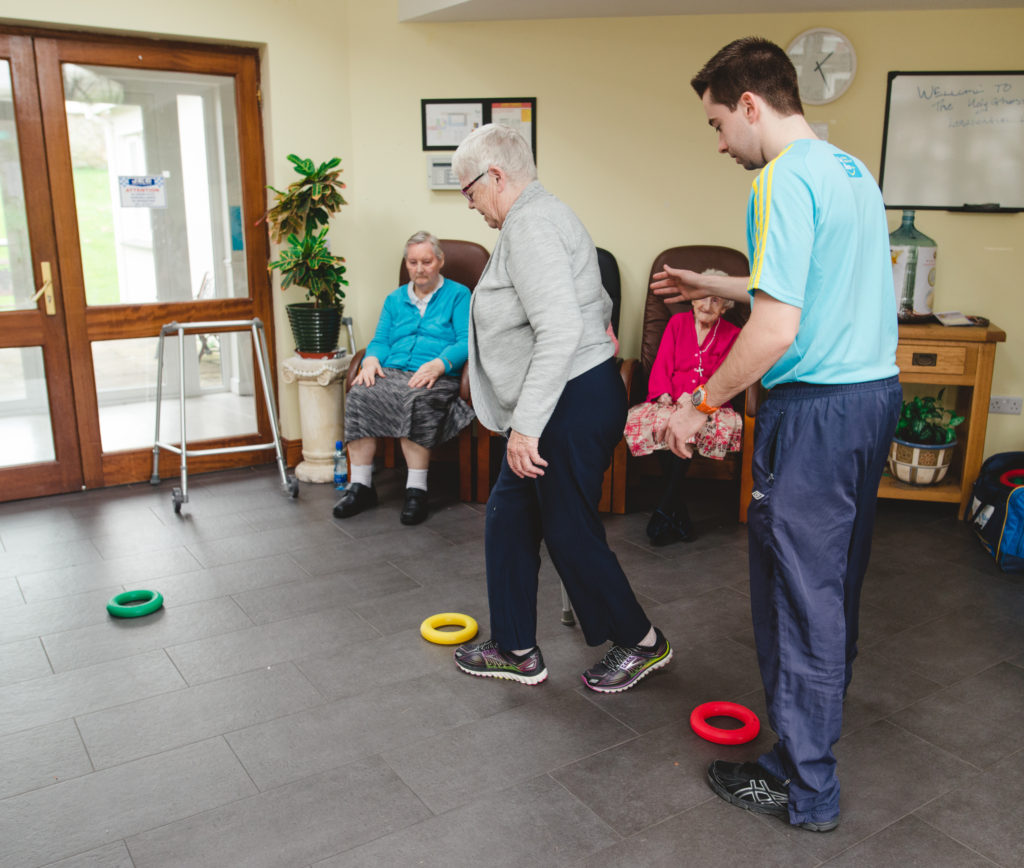By Paul Kirwan
Balance problems are something many would say is an older person’s issue due to the high rate of falls with older, but that is not the case. Balance is an important aspect of everyone’s lives, from children learning to walk and all the way through adulthood.
Balance problems may present in younger adults for a number of reasons including a lack of physical activity, sedentary lifestyle, muscle weakness or joint stiffness. Some medical conditions can also hinder you balance such as Stroke, Parkinson’s disease & Arthritis. This is just a small example of the types of people whose balance may need attention and shows it’s not just older adults who can be affected.
According to the Centre for Disease Control almost one-third of adults over 65 fall each year and 1 in 10 younger adults suffer broken bones and head injuries due to falling.
Balance is needed for almost every daily activity from getting out of the bed in the morning to walking, cooking, and cleaning. If you have balance issues you will understand the barriers that come with it. Balance problems almost always cause confidence issues which affect a person’s willingness to attempt activities which they used to find easy. This issue then becomes bigger and it’s not just about balance anymore but it’s about needing constant help to live. Needing assistance for everyday activities is taking away independence as well as quality of life and this can all be prevented with some attention towards balance.
There are many ways in which you can test your balance to see if you are at risk of falling with the easiest being, standing on one leg and timing it. But I would recommend the 4 stage balance test which you can find here: https://www.cdc.gov/steadi/pdf/4-stage_balance_test-a.pdf
In short this test will take you through 4 different positions which will progressively challenge your balance with stage 1 being the easiest and stage 4 being the hardest. This test can be completed in a couple of minutes and all you need is a safe anchor point (Chair, wall or person) and a stopwatch. The idea is to hold each position for 10 seconds and to move through the stages as you progress.
After you have assessed your balance it’s time to get working on exercises to improve it.
Balance exercises aren’t just made up of standing on one leg and timing it as a lot of people who suffer from balance issues would find this extremely challenging. Finding the right type of exercises for your individual needs is the best way to approach it.
You will need to focus on a number of key components of fitness such as strength, aerobic, coordination and agility. A well balanced exercise programme will give you best chance of improving your balance quickly.
Comment below if you think a video on balance exercises would be helpful.
References:
https://www.cdc.gov/homeandrecreationalsafety/falls/adultfalls.html


